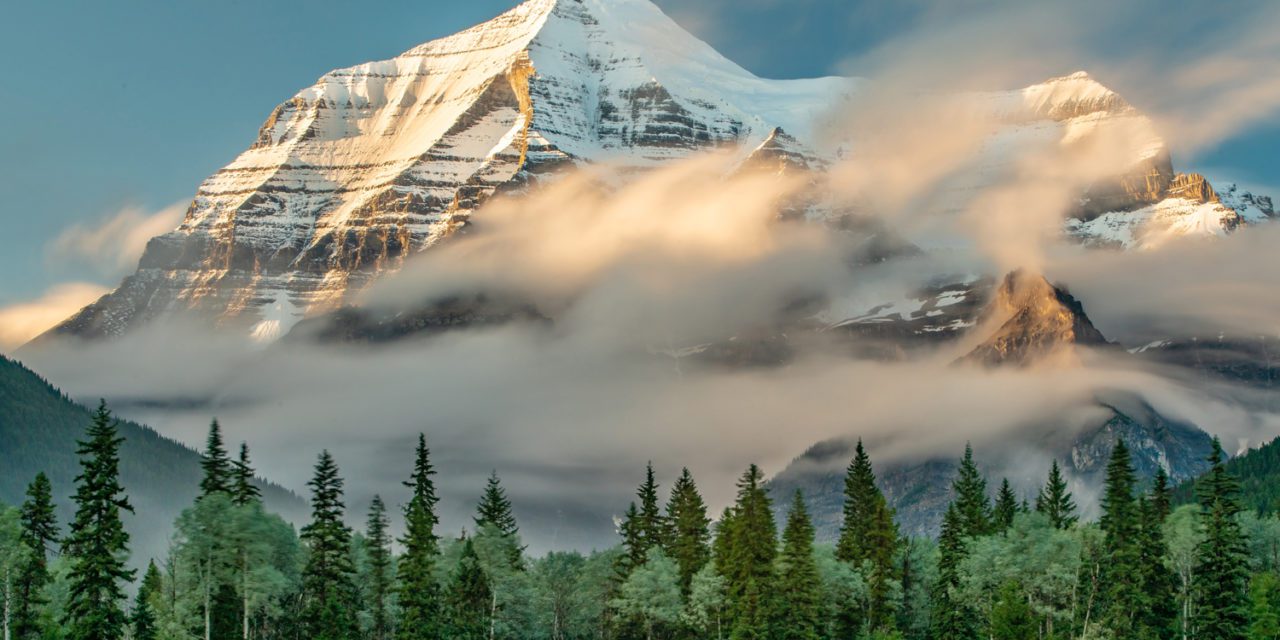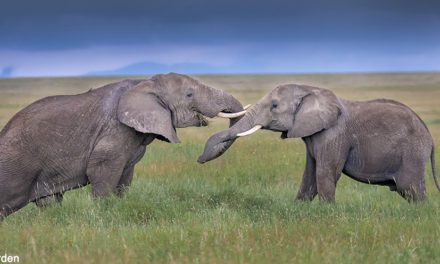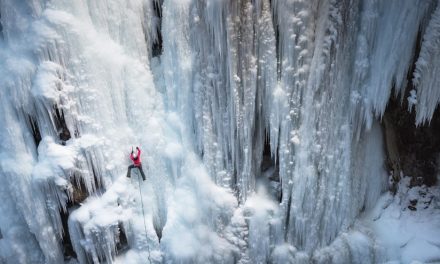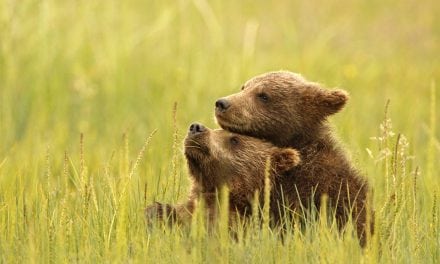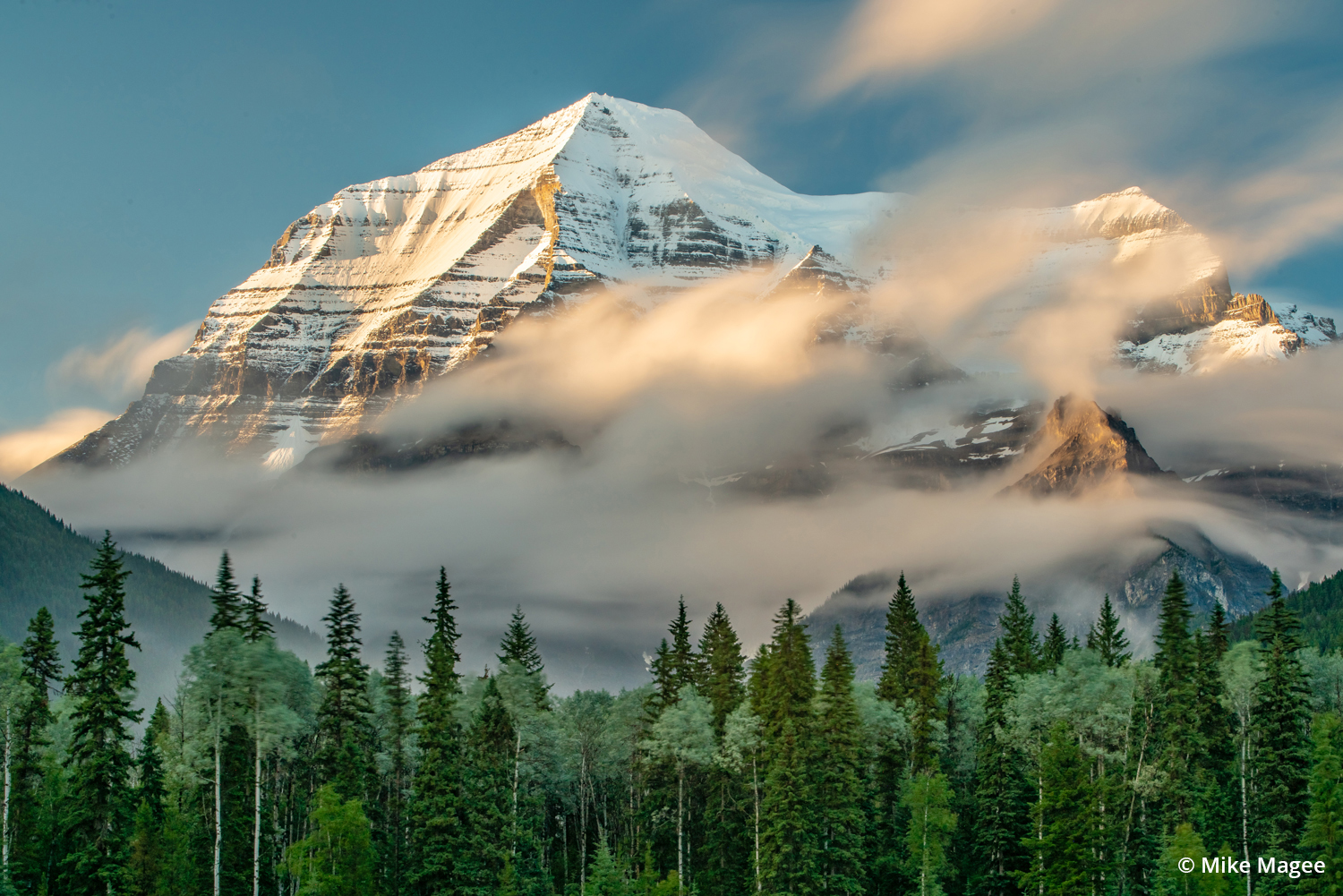
Located approximately 435 miles northeast of Vancouver, British Columbia, Canada, Mount Robson somehow manages to surpass all of the giddy expectations that a nine-hour drive can produce. On a clear day, the last stretch of the journey east on the Yellowhead Highway toward Mount Robson Provincial Park reveals the 12,972-foot peak of Mount Robson suddenly in a way that requires a moment for the brain to reconcile what the eyes see. While the area is remote and rugged, the roads are paved and well-maintained, providing easy summer access.
Weather At Mount Robson
Known to the Secwépemc people as Yexyexéscen, Robson claims superlatives as the tallest and most prominent peak in the Canadian Rockies. Its size and location allow it to readily capture atmospheric moisture moving east from the Pacific, giving Robson an elusive quality as it’s most often hiding behind cloud cover. As with all alpine regions, weather changes quickly and often dramatically. While this provides a dynamic, exciting experience for outdoor photographers, it’s best to keep your waterproof shell handy. The single biggest challenge a photographer will face here is weather.
Photo Experience
Robson’s well-lit snow cap and prominence above the dark valley creates a common challenge for landscape photographers. My short window of opportunity opened at sunset when the peak was quite bright and the trees I wanted to include in the foreground were quite dark. This was an opportunity to utilize every last bit of the 15-stop dynamic range in my Sony a7R III. The white snow was just on the edge of overexposure while the trees were almost black in the image preview. Trusting the camera’s histogram really paid off here.
The image was captured from the very accessible Mount Robson Provincial Park visitor’s center. Camera shake is always a concern, so I avoided the wood observation deck and relied on my camera’s onboard timer to trigger the image with the camera mounted on a tripod. The clouds were moving quickly, and I wanted to capture that movement, so I used a 10-stop neutral-density filter and a circular polarizer. This combination allowed a 110-second exposure at ƒ/20 and ISO 200. Given the tricky exposure and the fleeting nature of the light and clouds, 110 seconds felt like a very long time while I waited to see if my settings were correct.
Best Times To Visit Mount Robson
The area is most accessible from late May through October. As the peak of Mount Robson is so often shrouded in clouds, patience and a bit of luck go a long way. In my case, the peak was completely covered for all but about an hour of my multi-day visit, so it’s also best to keep those batteries charged. Conditions can change quickly in the mountains.
Contact: BC Parks, bcparks.ca/explore/parkpgs/mt_robson.
See more of Mike Magee’s work on Instagram @lightlarceny.
The post Mount Robson appeared first on Outdoor Photographer.

